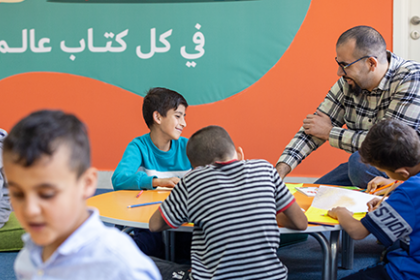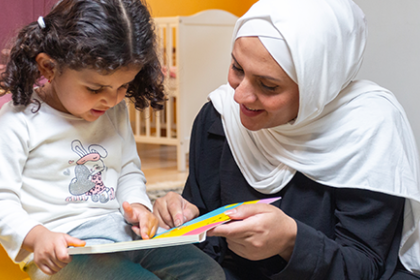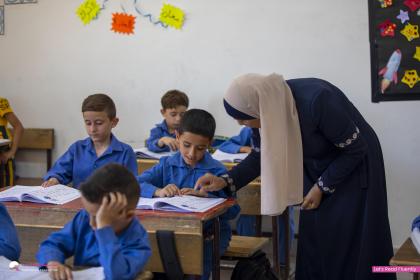EVERY CHILD DESERVES A QUALITY EDUCATION
Founded by Her Majesty Queen Rania Al Abdullah in 2013, the Queen Rania Foundation for Education and Development was established with the belief that every child in Jordan and the Arab world deserves a quality education. At QRF, we recognize literacy as a foundational skill that unlocks lifelong learning and success.
As reading is one crucial gateway skill, all children should be able to read with comprehension to develop more complex cognitive and socioemotional skills as they grow up. Therefore, QRF’s programs are all designed to support every child in becoming a fluent reader in Arabic and with comprehension by the time they reach middle school.
CHILDREN
Learn with "Karim and Jana" educational mobile application series
STUDENTS
benefit from the upgraded and renovated public school libraries
PARENTS
benefit from our Parent Education Program Facebook community and virtual trainings

We must do better for all our children. Every girl and every boy at every age. It’s their right and our responsibility.
Our vision is quality education for all, from kindergarten onwards, taught by dynamic and well-trained teachers who excite students and instill in them not only a love of learning today but life-long curiosity.
Our goal is for every child in Jordan to come to school prepared to learn, equipped with the necessary skills to become proficient in Arabic reading. We are dedicated to ensuring that our children have the best beginning in life and school. We are committed to enhancing early learning outcomes by fostering literacy-rich home environments. To achieve this, we need to successfully connect with, involve, and assist parents as their children's primary educators.

We aim to ensure that every child in Jordan achieves reading comprehension by age 10, upon completing the third grade. This involves bridging resource gaps for Arabic teachers and enhancing the evidence base for effective teaching methods. We are committed to cultivating a passion for reading.

At QRF, we believe that better decisions lead to better learning. We generate and share robust, locally relevant research to inform education policies and practices across Jordan and the Arab region. In partnership with education leaders, we champion evidence-informed decision-making in the classroom and beyond.

OUR PROGRAMS AND PROJECTS
OUR LATEST RESEARCH
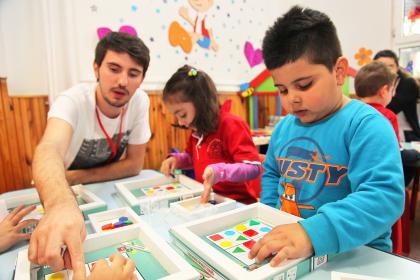
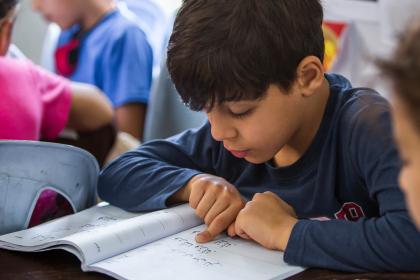
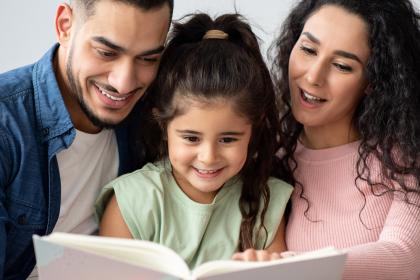
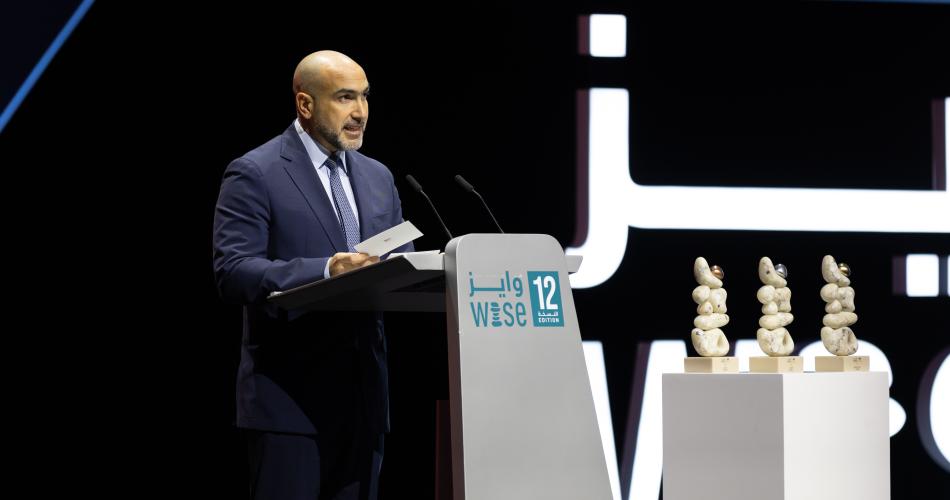
Queen Rania Foundation for Education and Development Wins WISE Education Award for the “Iqrali” App
The Queen Rania Foundation for Education and Development has been awarded second place in the WISE Education Award, which recognizes innovation and excellence in the global education sector, for its project “Iqrali”—a program designed to help parents build a strong Arabic reading habit with their children from the earliest years.


